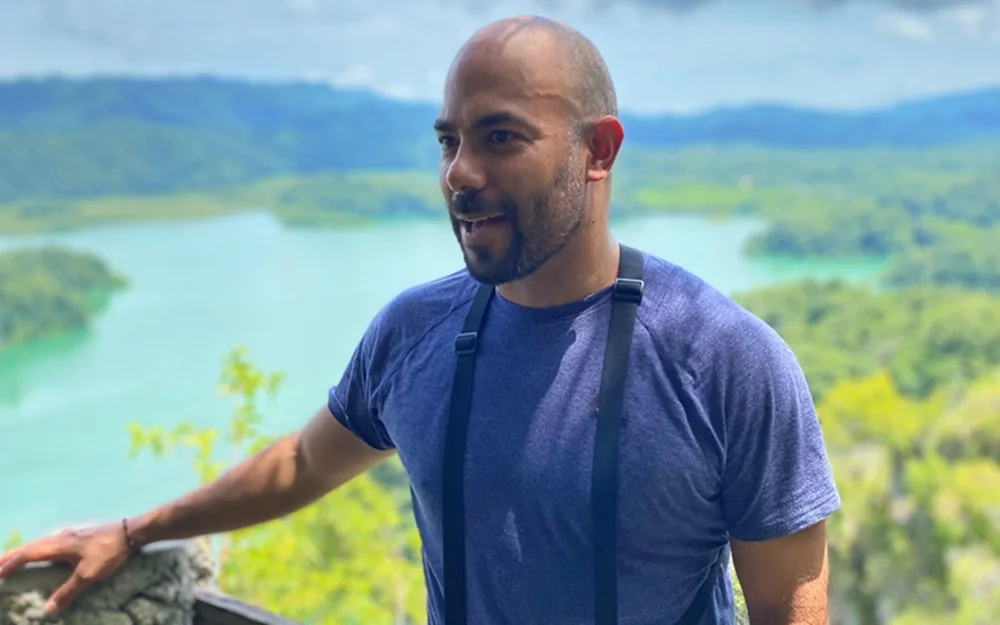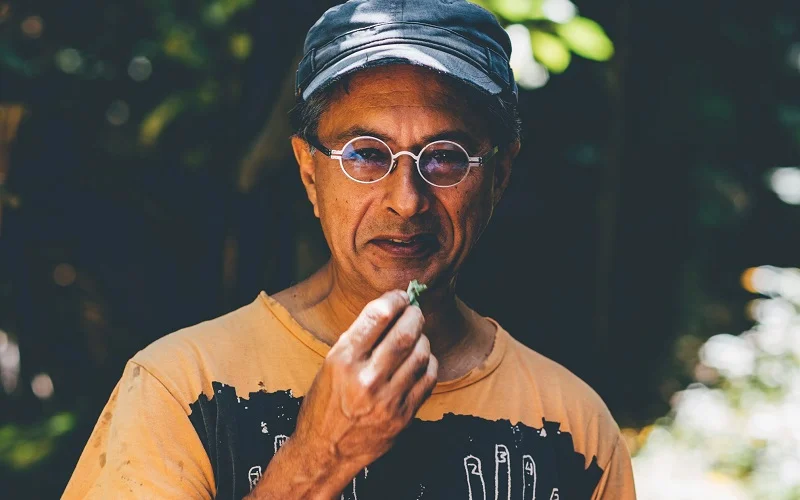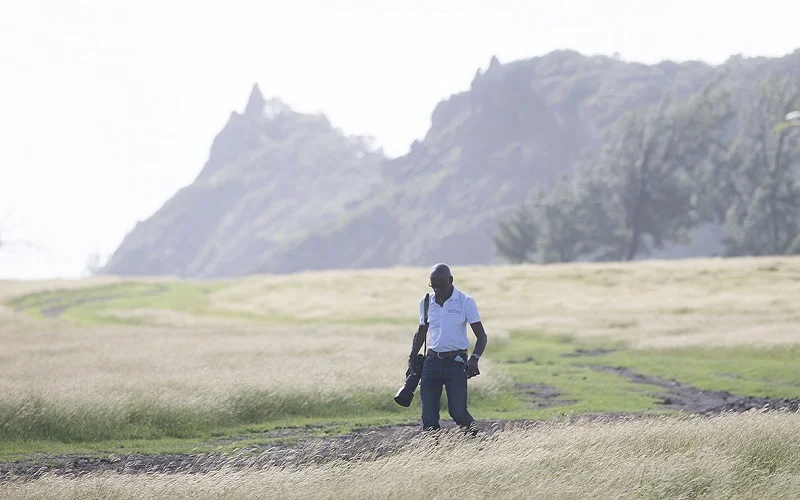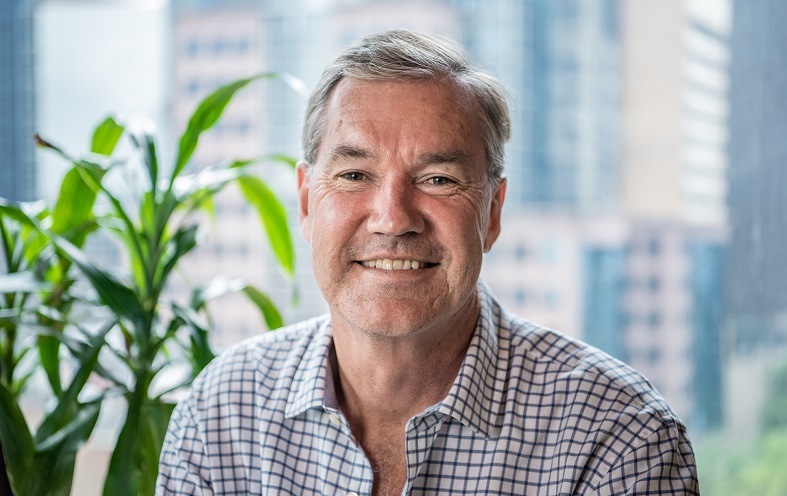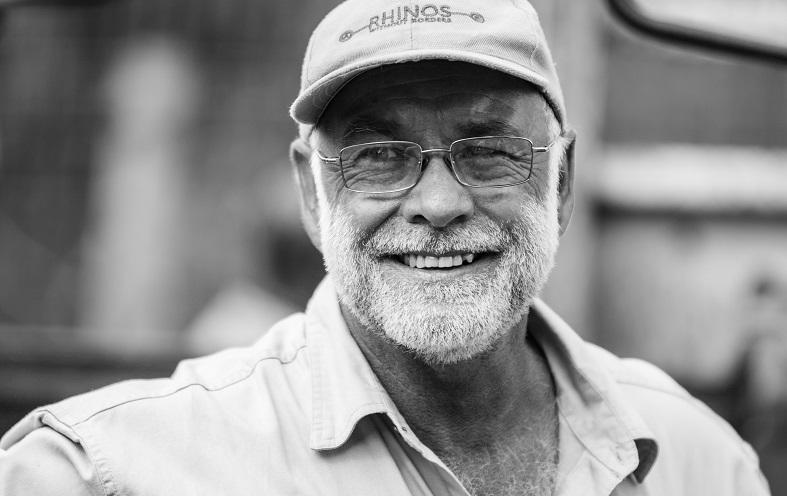
Ian McNeel, founder of the Walkers Institute for Regeneration Research Education and Design Inc. (WIRRED) and The Local Barbados restaurant, is on a mission to foster sustainability and engagement for a regenerative future on the beautiful island of Barbados. As a sustainability advocate and entrepreneur, Ian’s innovative solutions are addressing environmental, social, and economic challenges in the Caribbean region.
With a deep passion for regenerative practices and a decade-long commitment to sustainable initiatives, he is making significant strides towards creating positive change. In this interview, get inspired as Ian McNeel shares his insights, vision, and unwavering dedication to regenerating Barbados as a destination firmly committed to sustainable development.
Ian, what inspired you to pursue sustainability?
Over the years, I’ve been inspired by various events, people, places, and things. One area that has deeply intrigued me is food and its impact on our bodies and the environment. I realized the lack of transparency in the food system and became knowledgeable about the toxic chemicals used in agriculture and processed foods. This realization shifted my values, and I started making small changes in my company, like eliminating single-use plastic and supporting local offerings.
I then asked myself what it would look like to create a purpose-built company with regeneration and sustainability at its core. I learned about regenerative agriculture, permaculture, and agroforestry as holistic approaches to regenerate degraded landscapes.
When I looked at the state of our planet today, with issues like water scarcity, plastic pollution, and species extinction, I realized the importance of caring and taking action.
If we don’t care, there is nothing we can do, but once we shift into awareness of the people and environment around us and start to care, that’s when you and your company become more sustainable.
How do you measure the success of your sustainability initiatives?
I believe it’s time to shift our metrics from measuring sustainability and move into metrics around regeneration and ecological biodiversity, increased habitat, and ecosystem regeneration.
Currently, if we checked our anthropocene timeline, I would say we are slowly moving from degradative practices and into a sustainable mindset. I applaud this, but sustainability by definition generally seeks to maintain ecosystems at a certain rate or level while fulfilling our current needs without further degrading ecological health.
Regenerative practices use a holistic framework to restore and regenerate ecosystems and increase biodiversity. It looks at how natural systems are currently being impacted and applies a holistic framework and techniques that intend to replenish, renew, and regenerate ecosystems.
Think about nature like a credit card. Being sustainable is like making the minimum interest-only payments. This maintains your account standing, but if you wish to make additional purchases, you’re going to have to bring your account principal balance down – you need to regenerate your account by putting back more into the account than you take out. That’s where regenerative practices come in.
For our sustainability initiatives, we use a combination of qualitative and quantitative metrics to measure success.
Qualitatively, we look at the impact on local ecosystems, biodiversity, and habitat restoration. We monitor changes in soil health, water quality, and carbon sequestration. We also assess the resilience and adaptability of our systems to changing environmental conditions.
Quantitatively, we track energy usage, water consumption, and waste production, and set reduction targets to minimize our environmental footprint. We also measure our progress in reducing greenhouse gas emissions and promoting renewable energy sources.
Additionally, we monitor our supply chain and procurement practices, such as sourcing from local and sustainable suppliers, and reducing our carbon footprint associated with transportation.
Furthermore, we also prioritize social sustainability, such as promoting fair labor practices, diversity and inclusion, and community engagement. We measure our social impact through employee satisfaction surveys, community feedback, and stakeholder engagement.
It’s important to note that sustainability is a continuous journey, and we are committed to ongoing improvement and innovation. We regularly review and update our metrics to align with best practices, industry standards, and evolving scientific research to ensure that our sustainability initiatives are effective and making a positive impact on the environment and society.
How do you educate your employees and stakeholders about sustainability and encourage them to participate in sustainability initiatives?
Employee and stakeholder engagement is indeed critical to the success of our sustainability initiatives. We believe that sustainability is a collective effort that requires the participation of everyone in our organization and beyond. To engage and educate our employees and stakeholders about sustainability, we use a multi-faceted approach that includes the following:
Education and Training: We provide regular training and education sessions on sustainability topics, including the principles of regenerative agriculture, waste reduction, energy conservation, and other sustainability best practices. These sessions are conducted by internal experts or external partners and are tailored to different levels of knowledge and roles within the organization.
Communication and Awareness Campaigns: We use various communication channels, such as newsletters, intranet, and social media, to share information and updates about our sustainability initiatives. We highlight the positive impacts and benefits of sustainability practices, share success stories, and provide practical tips on how employees can incorporate sustainability into their daily work and personal lives.
Employee Involvement and Recognition: We encourage employee involvement in sustainability initiatives through volunteer programs, green team activities, and participation in sustainability-related events and workshops. We also recognize and celebrate the contributions and achievements of employees who demonstrate exceptional commitment to sustainability.
Stakeholder Collaboration: We actively collaborate with suppliers, customers, local communities, and industry partners, to foster a collaborative approach to sustainability. We engage in dialogue, seek feedback, and involve stakeholders in the development and implementation of our sustainability initiatives, which helps to create a sense of ownership and shared responsibility.
Setting Goals and Targets: We set clear and measurable sustainability goals and targets to provide a sense of direction and motivation for employees and stakeholders. We regularly communicate progress towards these goals and celebrate milestones achieved, which helps to build momentum and engagement around sustainability initiatives.
Can you provide an example of a sustainability challenge that your organization has faced and how it was addressed?
One sustainability challenge that our organization has faced is reducing our energy consumption and transitioning to renewable energy sources. To address this challenge, we use several strategies:
Energy Audits and Efficiency Measures: We have conducted comprehensive energy audits to identify areas of high energy consumption and implemented energy efficiency measures, such as upgrading to energy-efficient lighting, optimizing HVAC systems, and improving insulation in buildings. These measures helped to reduce our energy consumption and associated greenhouse gas emissions.
Renewable Energy Installations: We have installed solar panels on the rooftops of our facilities and invested in renewable energy projects to generate clean and renewable energy. These installations have helped us to reduce our reliance on fossil fuels and reduce our carbon footprint.
Employee Awareness and Behavior Change: We have conducted awareness campaigns to educate employees about the importance of energy conservation and encouraged behavior change, such as turning off lights and electronics when not in use, optimizing equipment settings, and using natural lighting whenever possible. Employee engagement and participation were critical in achieving energy savings.
Monitoring and Reporting: We have implemented energy monitoring and reporting systems to track our energy consumption, renewable energy generation, and greenhouse gas emissions. This has helped us to identify areas of improvement, measure progress, and demonstrate our commitment to sustainability to stakeholders.
Through these strategies, we were able to significantly reduce our energy consumption, increase our renewable energy generation, and lower our greenhouse gas emissions. This not only helped to mitigate our environmental impact but also resulted in cost savings and increased operational efficiency.
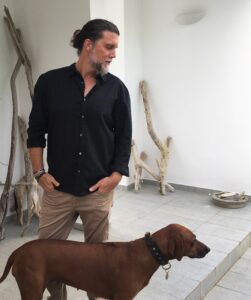 How does your organization promote social sustainability and community engagement as part of your sustainability initiatives?
How does your organization promote social sustainability and community engagement as part of your sustainability initiatives?
Glad you ask. We believe that a sustainable organization should not only be environmentally responsible but also socially responsible, contributing positively to the well-being and development of the communities in which it operates. We promote social sustainability and community engagement through a range of initiatives:
- Community Partnerships: We actively engage with local communities through partnerships with community organizations, NGOs, and other stakeholders. We collaborate on projects and initiatives that address social issues such as poverty alleviation, education, healthcare, and empowerment of marginalized groups. We also support local initiatives that promote sustainable livelihoods and economic development.
- Employee Volunteerism: We encourage and support employee volunteerism in community initiatives. We provide paid time off for employees to engage in volunteer activities, such as community clean-ups, tree planting, and social service projects. We also organize group volunteer activities to create opportunities for employees to contribute to their communities collectively.
- Stakeholder Engagement: We engage with stakeholders, including local communities, in meaningful dialogue and consultation processes to understand their needs, concerns, and expectations. We take their input into consideration in the development and implementation of our sustainability initiatives, ensuring that they are aligned with the local context and contribute positively to community well-being.
- Social Impact Assessment: We conduct social impact assessments to identify and assess the potential social impacts of our operations on local communities. This helps us to proactively address any negative impacts and maximize positive impacts. We also report on our social performance and progress in our sustainability reports, ensuring transparency and accountability.
- Supplier Diversity and Local Sourcing: We promote supplier diversity and local sourcing as part of our procurement practices. We prioritize sourcing from local suppliers and diverse suppliers, including those from minority-owned, women-owned, and other underrepresented groups. This helps to create economic opportunities for local communities and promotes social inclusion.
- Employee Empowerment: We empower our employees to contribute to social sustainability through various programs and initiatives. For example, we provide training and skill-building opportunities for employees to participate in community development projects, mentorship programs, and social entrepreneurship initiatives.
All in all we are are investing in the new regional and global economy: an economy that recognizes ecosystem services – the wealth (health) of our oceans, our soils, our fresh water systems and our communities, all the while creating meaningful livelihoods. The byproduct of this economy is a healthy balance sheet for all of its investors and shareholders.
In tourism and elsewhere, we must be more like the farmer who puts back more into the soil than what they extract from it.
Because the hard truth is: we can accept conditions and things as they exist, or accept the responsibility to collaborate, invest and regenerate.
Thank you, Ian.
Explore more stories and insights, visit our Barbados sustainability showcase.


